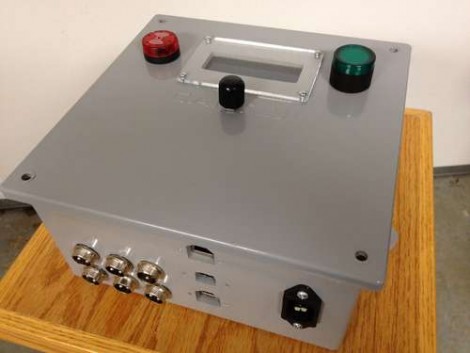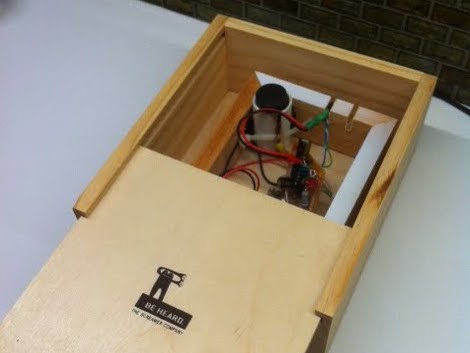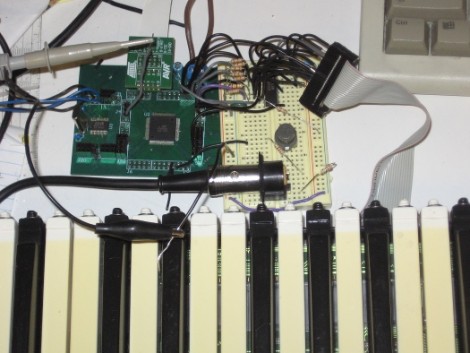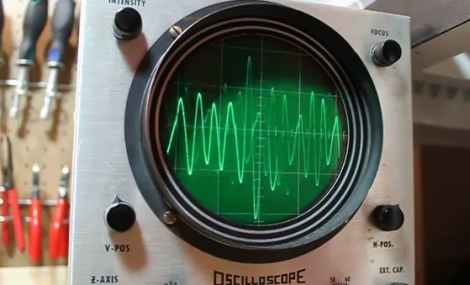
There are Kinect hacks out there for robot vision, 3D scanners, and even pseudo-LIDAR setups. Until now, one limiting factor to these builds is the requirement for a full-blown computer on the device to deal with the depth maps and do all the necessary processing and computation. This doesn’t seem like much of a problem since [wizgrav] published Intrael, an HTTP interface for the Kinect.
[Eleftherios] caught up to [wizgrav] at his local hackerspace where he did a short tutorial on Intrael. [wizgrav]’s project provides each frame from the Kinect over HTTP wrapped up in JSON arrays. Everything a Kinect outputs aside from sound is now easily available over the Internet.
The project is meant to put computer vision outside the realm of desktops and robotic laptops and into the web. [wizgrav] has a few ideas on what his project can be used for, such as smart security cameras and all kinds of interactive surfaces.
After the break, check out the Intrael primer [wizgrav] demonstrated (it’s Greek to us, but there are subtitles), and a few demos of what Intrael ‘sees.’

















